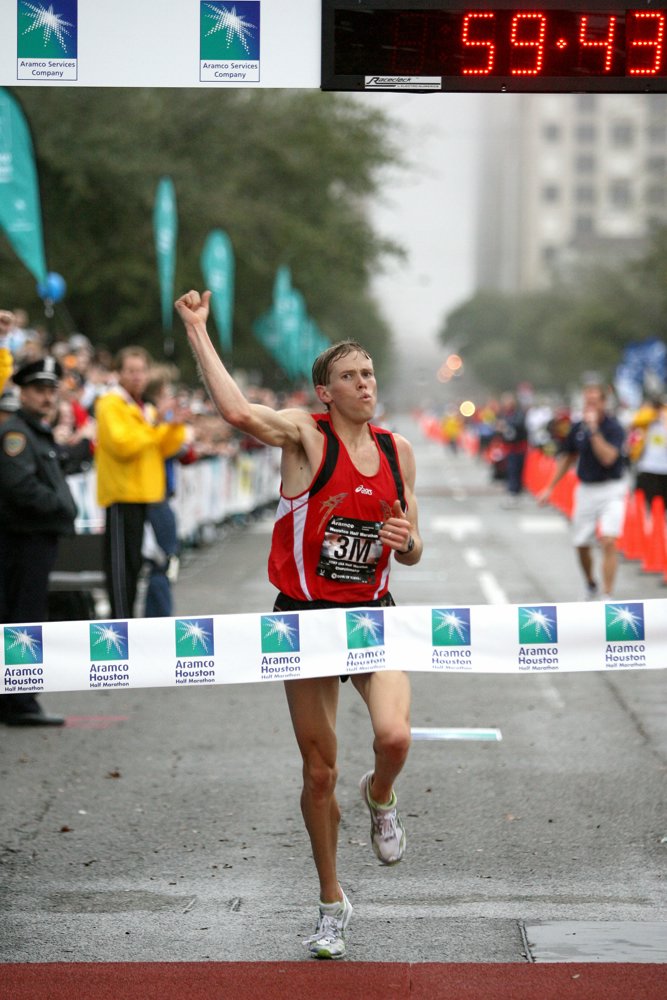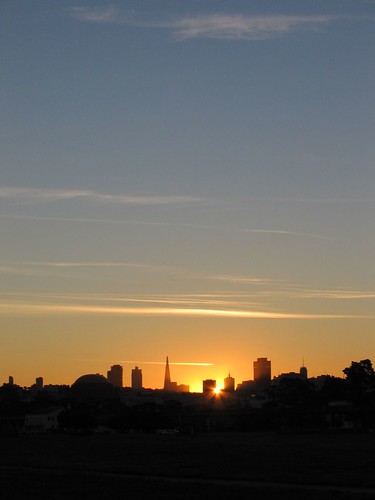Eat food. Not too much. Mostly plants.
If you read only one thing this month, make it Michael Pollan's fantastic article, "Unhappy Meals", in this week's New York Times magazine (registration required, but you can always try BugMeNot). It's about how the rise of food science and "nutritionism" has led to the American obesity epidemic. Excerpt:
"In the years following McGovern’s capitulation and the 1982 National Academy report, the food industry set about re-engineering thousands of popular food products to contain more of the nutrients that science and government had deemed the good ones and less of the bad, and by the late ’80s a golden era of food science was upon us. The Year of Eating Oat Bran — also known as 1988 — served as a kind of coming-out party for the food scientists, who succeeded in getting the material into nearly every processed food sold in America. Oat bran’s moment on the dietary stage didn’t last long, but the pattern had been established, and every few years since then a new oat bran has taken its turn under the marketing lights. (Here comes omega-3!)
By comparison, the typical real food has more trouble competing under the rules of nutritionism, if only because something like a banana or an avocado can’t easily change its nutritional stripes (though rest assured the genetic engineers are hard at work on the problem). So far, at least, you can’t put oat bran in a banana. So depending on the reigning nutritional orthodoxy, the avocado might be either a high-fat food to be avoided (Old Think) or a food high in monounsaturated fat to be embraced (New Think). The fate of each whole food rises and falls with every change in the nutritional weather, while the processed foods are simply reformulated. That’s why when the Atkins mania hit the food industry, bread and pasta were given a quick redesign (dialing back the carbs; boosting the protein), while the poor unreconstructed potatoes and carrots were left out in the cold.
Of course it’s also a lot easier to slap a health claim on a box of sugary cereal than on a potato or carrot, with the perverse result that the most healthful foods in the supermarket sit there quietly in the produce section, silent as stroke victims, while a few aisles over, the Cocoa Puffs and Lucky Charms are screaming about their newfound whole-grain goodness."
This is fascinating, thought-provoking, and makes a hell of a lot of sense. It also makes me feel a little bit better about just making a giant salad every night.
Also, I want to extend long-overdue congratulations to Ryan Hall for absolutely obliterating the American Record for the half-marathon in Houston a couple weeks ago. He ran 59:43, which is 4:33 per mile for over 13 miles, and puts him near the top of the all-time world list at the distance. Simply mindblowing, and it couldn't happen to a nicer guy.


